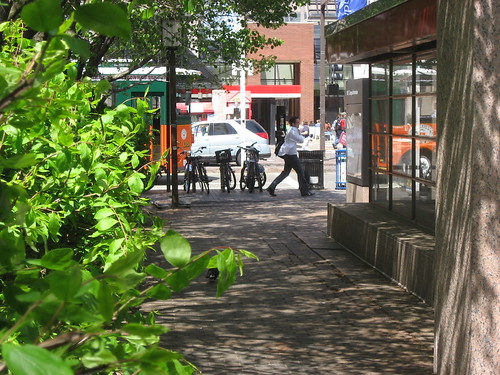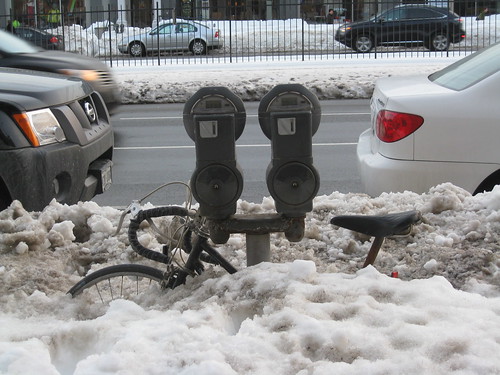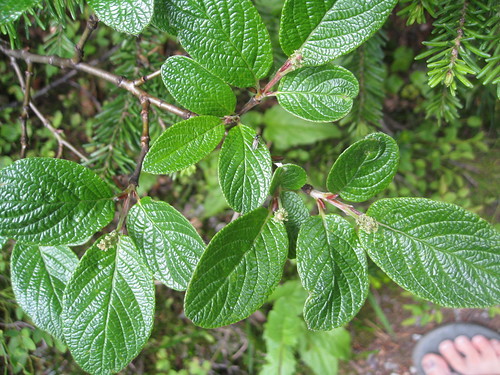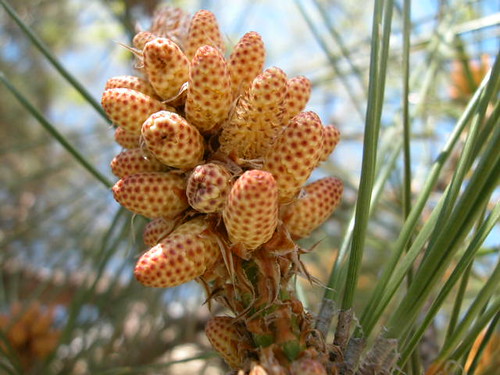This morning's New York Times carried an op ed on the irrational transportation bill the republican congress is trying to pass.
http://www.nytimes.com/2012/02/09/opinion/a-terrible-transportation-bill.html
The bill will gut public transportation, already crippled in our cities. It will loosen restrictions for oil and gas drilling in environmentally fragile areas. Finally, the bill will encourage increased road and bridge-building instead of initiating much-needed alternative transportation projects.
You may think I'm crazy but I'm a year-round bike rider. In Boston. Not the prettiest place to ride and certainly not the nicest climate. My commute is only a mile or so each way but in our geographically small town there are lots of people with short commutes. Bike riding, like walking, is emission-free, noise-free, and sustainable. Just like plant transportation systems.
Plant transportation systems?
Consider the flow of water, nutrients, and sugars in the plant. All of this movement occurs passively with no expenditure of energy. Natural pressure gradients are harnessed in the plant, along with the cohesive and adhesive properties of water, to allow free flow of materials to every cell in the plant.
What about the spread of pollen, seeds, and fruit? All of this movement is passive too. Gravity, wind, water, and animal partners all give plants a "lift." A kind of natural ride share that benefits the whole community.
We can't all be like plants (you know the joke: "Make like a tree and leave"), but we can look to plants and other living systems to build environments where transportation is minimally invasive and systems for moving people take into consideration the long-run good of our environment.





No comments:
Post a Comment